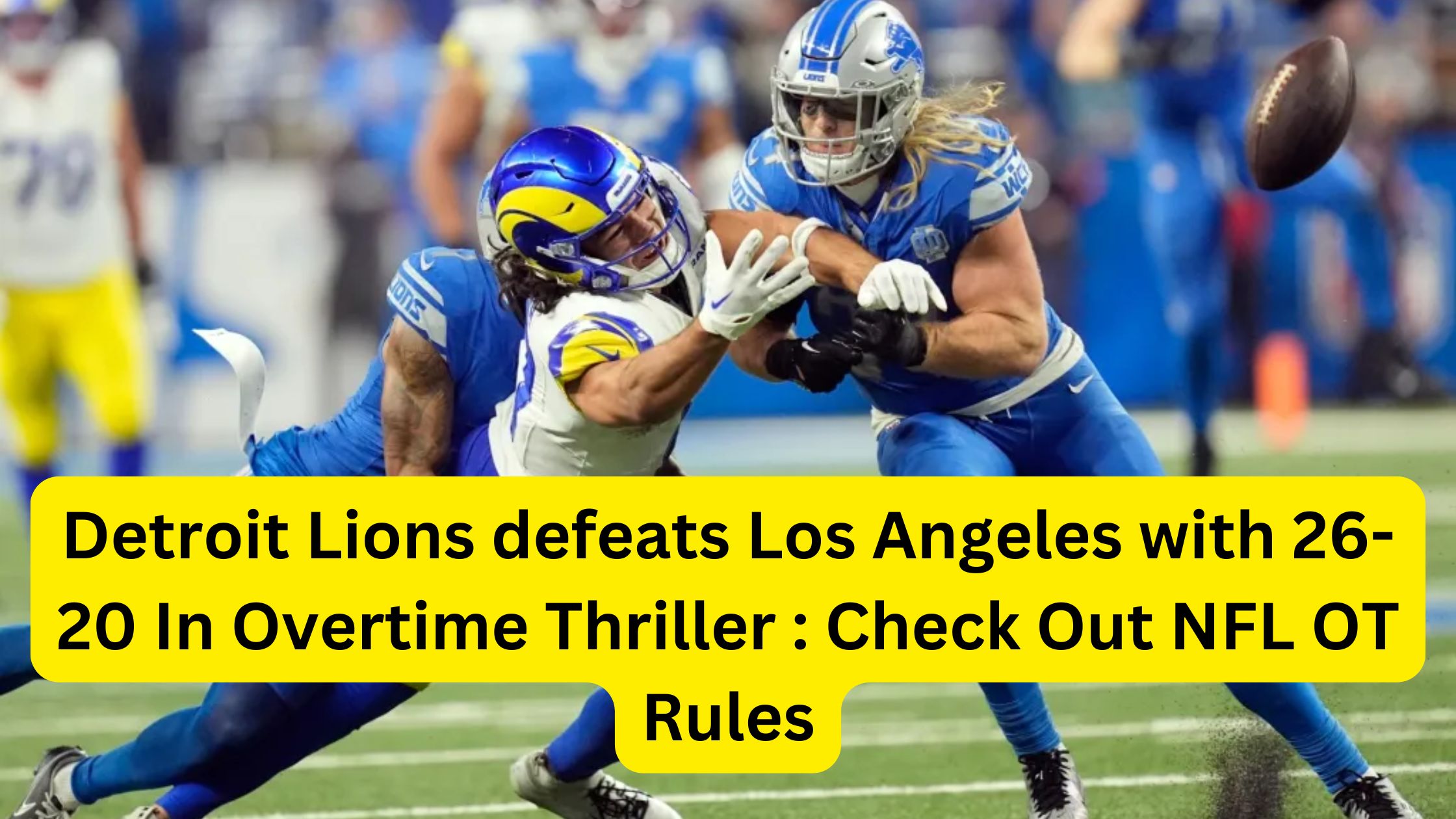The score is tied, the final seconds of the fourth quarter are ticking away, and both teams have exhausted their timeouts. What comes next?
Aside from enjoying some additional free football, both teams still have a shot at victory. However, the rules for this extra period differ slightly depending on whether the game is in the 18-week regular season or in the postseason.
Overtime Rules for the Regular Season
When a regular-season game ends in a tie, a coin toss takes place involving the captains from both teams and a referee. The visiting team’s captain calls heads or tails, and the winner of the toss decides whether to take the ball first or choose which side of the field to defend. Generally, opting to receive the ball first is advantageous in NFL overtime.
A brief intermission of up to three minutes follows, then a 10-minute period begins where each team must get a chance to play offense. The only exception is if the first team to possess the ball scores a touchdown on its initial OT drive. In that case, the game ends immediately, and the opposing team doesn’t get a chance to possess the ball. If the initial team only manages a field goal, punt, or turnover, the other team gets a chance to possess the ball. If the game remains tied after each team has had a possession, OT continues in sudden death mode until one team scores by any method (touchdown, field goal, or safety), concluding the game.
Another scenario where the game ends on the first possession without a touchdown occurs if the team that kicks off scores a safety on the receiving team’s initial possession. In this case, the team that kicked off wins.
During this extra play period, each team has two timeouts. Any unused timeouts from regulation are forfeited once the fourth quarter ends. Coaches do not have the option for instant replay challenges during OT; all reviews are initiated by the replay official.
If the score remains tied at the end of the 10-minute overtime period, the game is recorded as a tie for both teams. The 2023 season was the first since 2017 to feature no tied games.
Overtime Rules for the Postseason
Postseason overtime rules differ from the regular season because games at this stage cannot end in a tie. The OT period extends to 15 minutes, and both teams must have an opportunity to possess the ball at least once. The exception to this is if the team that kicked off to start OT scores a safety on the opposing team’s first possession. In this case, the game ends immediately, awarding victory to the team that kicked off.
After both teams have had a chance on offense, the team with the most points wins. If the score is still tied, the next team to score by any method (touchdown, field goal, or safety) wins. If the game remains tied at the end of the 15 minutes—or if the second team has not completed its initial offensive drive—the teams continue to play additional OT periods until a winner is determined.
If more than one OT period is needed, there is a two-minute break between each period.
At the start of the third overtime period, the captain who lost the initial OT coin toss has the option to choose either to play offense or decide which end zone his team will defend, unless the team that won the coin toss previously deferred this choice.
If the game is still tied after a fourth OT period, a new coin toss is conducted, and play continues until one team outscores the other.
Each team is allowed three timeouts during a half (or two overtime periods) in the postseason, compared to the two timeouts allowed during OT in the regular season.
